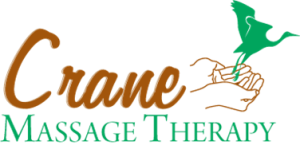In the previous post, we focused on several areas of the ancient world that used massage in their medical practicum. One of massage’s earliest and most influential exponents was the famous doctor Hippocrates; in this one, we will focus on his beliefs and teachings.
A great of ancient medicine, Hippocrates of Cos lived in Greece about four centuries before the birth of Jesus, and is referred to as the founder of modern health care. Doctors now take the Hippocratic Oath to “do no harm” in recognition of his teachings and influence.
In addition to coming up with his own methodology and practices, Hippocrates is known for having synthesized all of the medical knowledge available in his day into a single Corpus (or body of work) for which physicians could refer.
Hippocrates strongly supported the belief that “the physician must be experienced in many things, but assuredly in rubbing,” as he wrote. Skill in massage, he believed, came not from book learning but through extensive practice.
Hippocrates believed that massage had two primary uses: strengthening or relaxing muscles. Each goal had its own set of prescribed methods. Exercise was seen as having the same goals, so massage and exercise were intricately linked in Ancient Greece.
In the time of Hippocrates, mystics and other quack physicians believed that a massage practitioner should start at the center of the body and push negative energy away. Hippocrates reversed this, telling practitioners instead to move towards the heart, in order to help the circulatory system in doing its job.
By doing so, Hippocrates took massage away from being seen as a superstitious or “magical” practice and gave it a grounding in science.
Hippocrates had four major teachings about massage: That energetic massage and friction would cause firming (as well as warm up cold muscles), gentle massage would release and relax the muscles (creating a cooling effect), frequent massage would “lighten” or thin down the body, and that a moderate amount of massage would increase the bulk of the body.
Thus, the style and frequency of massage could be customized for each recipient based on their own needs and preferences.
C.B.Y.
